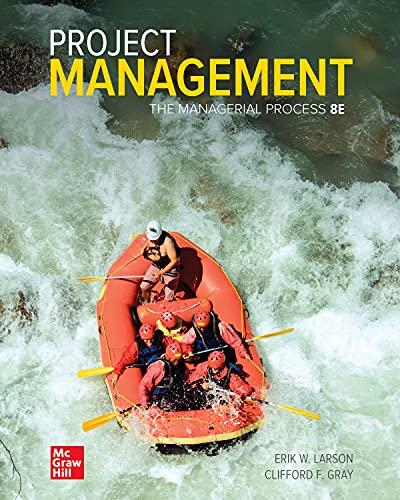Question
Saving the Taj Mahal People all over the world would recognize aphoto of the Taj Mahal in Indias northern city of Agra, whetherthey have been
Saving the Taj Mahal People all over the world would recognize aphoto of the Taj Mahal in India’s northern city of Agra, whetherthey have been there or not. One of the seven Wonders of the World,the seventeenth-century Taj Mahal is one of India’s most famousbuildings, visited by millions of tourists each year and recognizedas a world heritage site by UNESCO. Enjoying this level of globalesteem, it might be assumed, would guarantee that its preservationand protection would be top priorities for Indian officialdom. Butsuch an assumption would be wrong. Pollution, environmental damageand negligent management of the river Yamuna, have left thebuilding in an unsound state, with crumbling foundations,deterioration of its marble facades and discoloration. The touristexpects to see this jewel of the Mughal era as it is depicted inidealized photos, with shim-mering white marble and set in serenegardens. What the tourist actually sees today is a rapidlydeteriorating palace of yellow and green discoloration, withvisible signs of damage to the marble facade. Much of the outwarddamage is being caused by sulphur dioxide (SO2) and particulatematter that combine with the moisture in the air to produce acidrain that causes the yellowing. Diesel emissions and pollutantsfrom industries in the Agra area are largely to blame, includingfoundries, chemical plants and refineries. India’s northern citiesare among the most polluted in the world, and the situation isworsened by climate change. The heavily polluted Yamuna River, onwhose banks it sits, is drying up, destabilizing the woodenfoundations of the building. Waste accumulates in the river, andinsects have bred in the contaminated water, leaving green depositson the buildings. Officials at local and federal level haverecognized the need to protect the Taj Mahal. And the Supreme Courtof India has held that polluting industries in the vicinity shouldbe closed. But saving the historic monument raises an array ofdeeper issues. To many, local economic activities must takepriority. Environmentalists would argue that this is a short-termperspective: cleaning up or closing down pollutant industries isthe only sustainable way forward. Health issues for local residentswho are suffering from the high levels of pollution are tied inwith the pollution that is devastating the Taj Mahal. Localofficials and political leaders are ambivalent. Built by EmperorShah Jahan, the Taj Mahal dates from the Mughal era, when northernIndia was ruled by Islamic emperors. Some of India’s Hindunationalist politicians are against conserving this historicmonument, as it represents a period similar to the colonialism ofBritish rule. Others say that this is a false analogy: Mughalrulers were Indian, not colonial powers. What is not in dispute isthat the tourists who come to Agra generate large revenues. Mostcountries would consider a world-renowned tourist attraction to bea huge asset to the economy – and the country’s global image. Inaddition, UNESCO has urged India to take action to conserve thesite as one of global cultural heritage. As the debate continues,time is running out to save the Taj Mahal. Questions • Whatshould be done to save the Taj Mahal? • How likely is it thatauthorities in India will take the necessary steps to save themonument?
Step by Step Solution
3.42 Rating (155 Votes )
There are 3 Steps involved in it
Step: 1
1 Following steps can be taken to save Taj Mahal Making a 500meter radius around the TTZ without was...
Get Instant Access to Expert-Tailored Solutions
See step-by-step solutions with expert insights and AI powered tools for academic success
Step: 2

Step: 3

Ace Your Homework with AI
Get the answers you need in no time with our AI-driven, step-by-step assistance
Get Started


